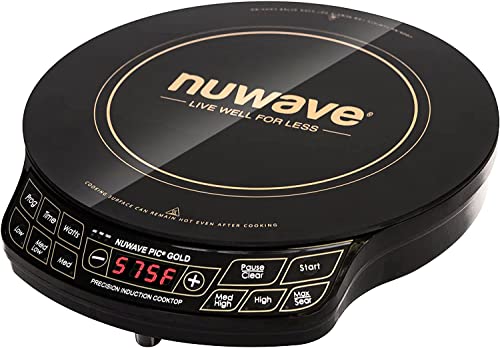dixonge
Well-known member
And yes, using the shore power cable connected to a 30-amp outlet connected to the inverter is definitely a shortcut. However, every discussion I have seen about this type of setup includes one and only one risk, that of draining your house batteries _if_ you don't turn off the converter breaker. Except even that part doesn't really apply to my setup (I don't believe), since there are two separate battery banks. So in _this_ particular scenario I don't see where the 'burn down your rig' part comes into play.













































































